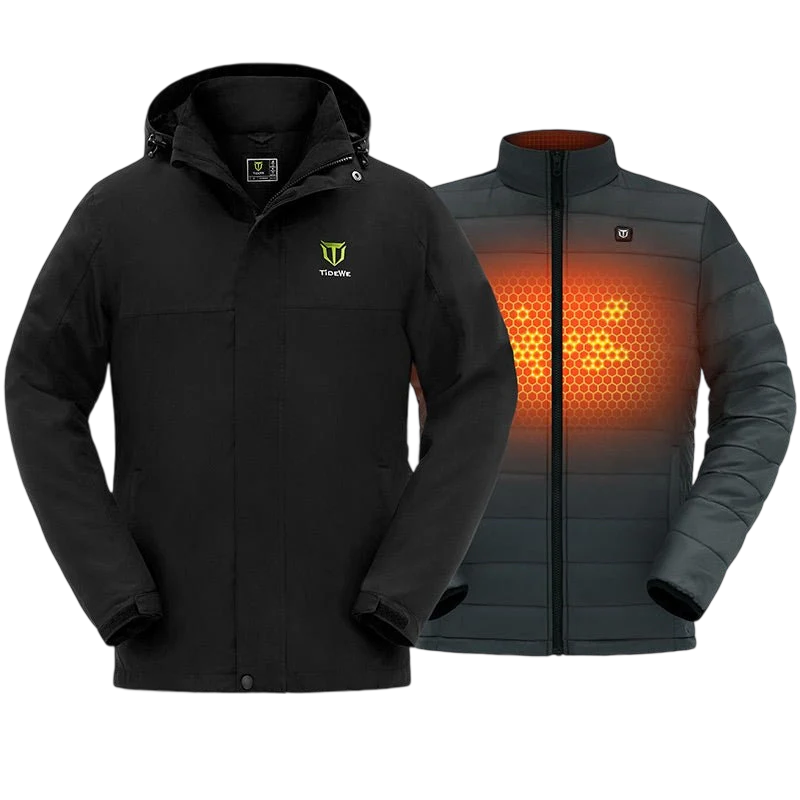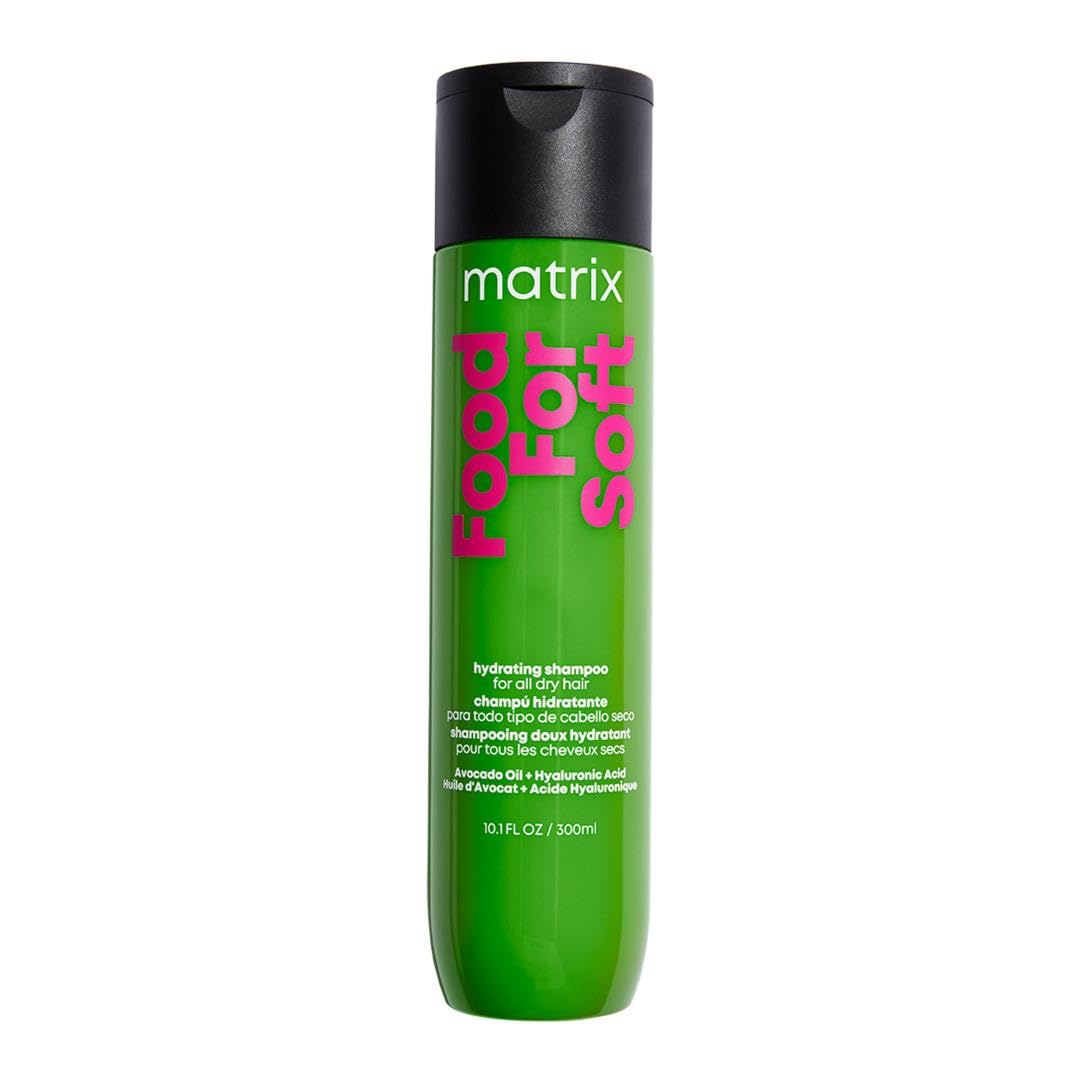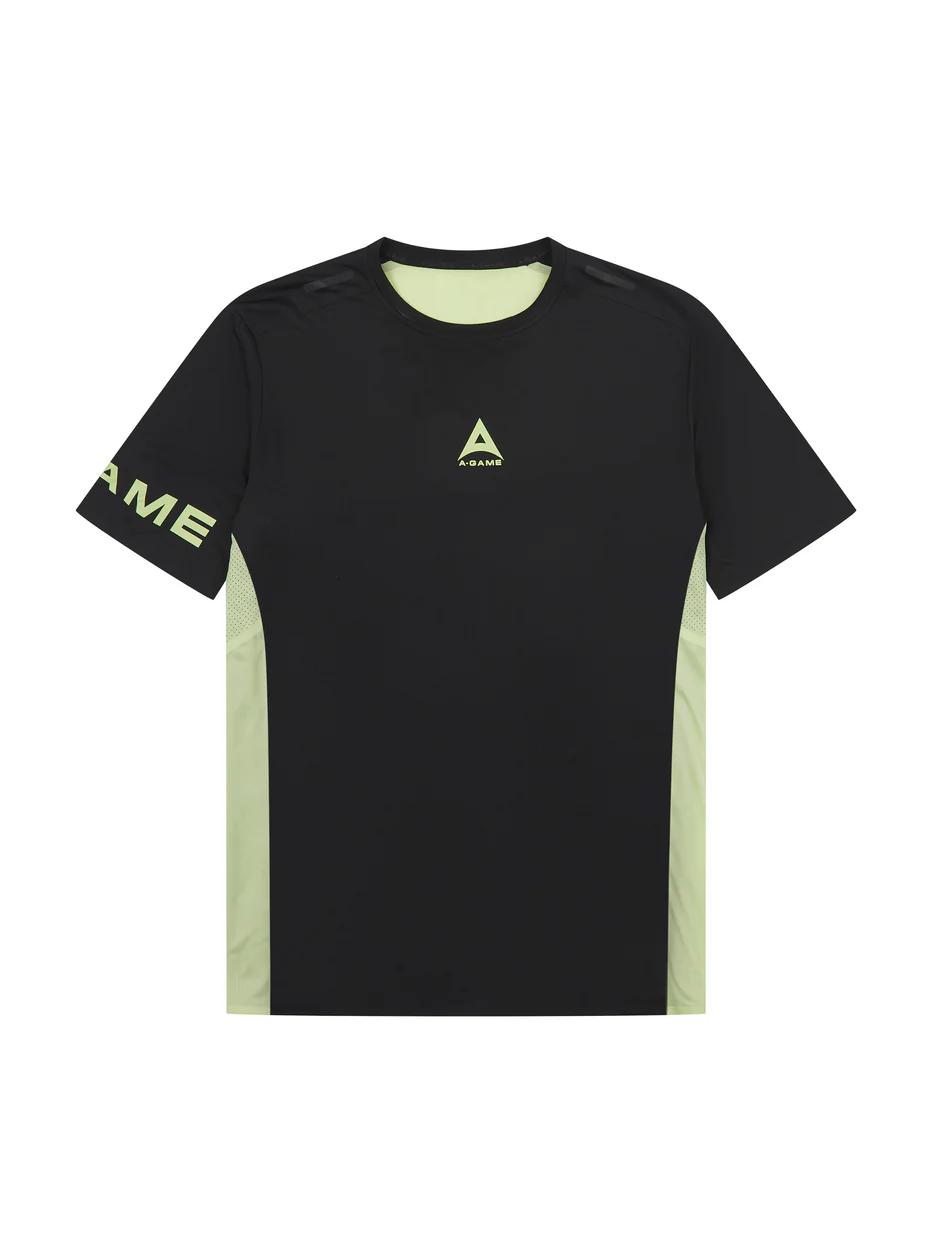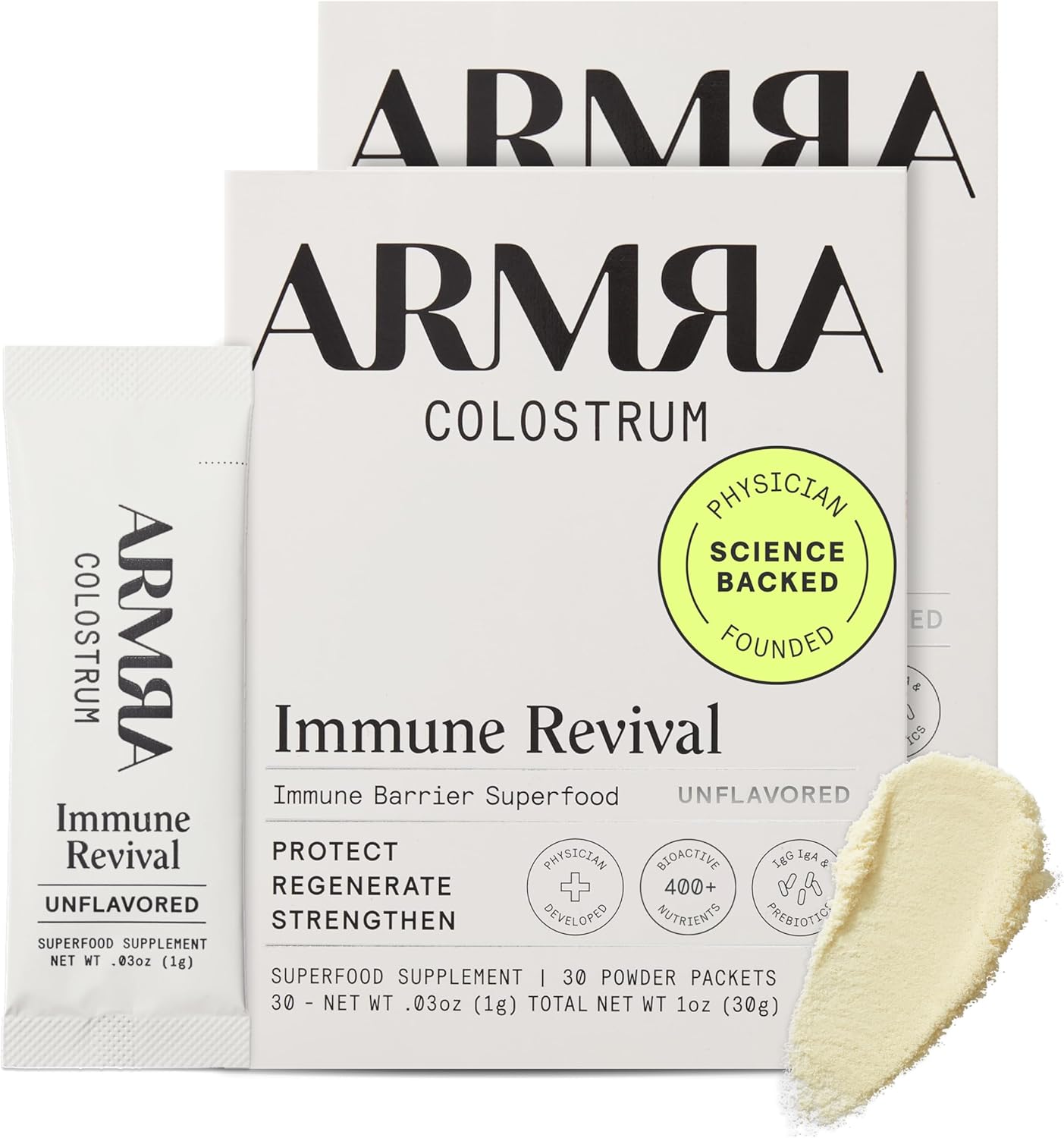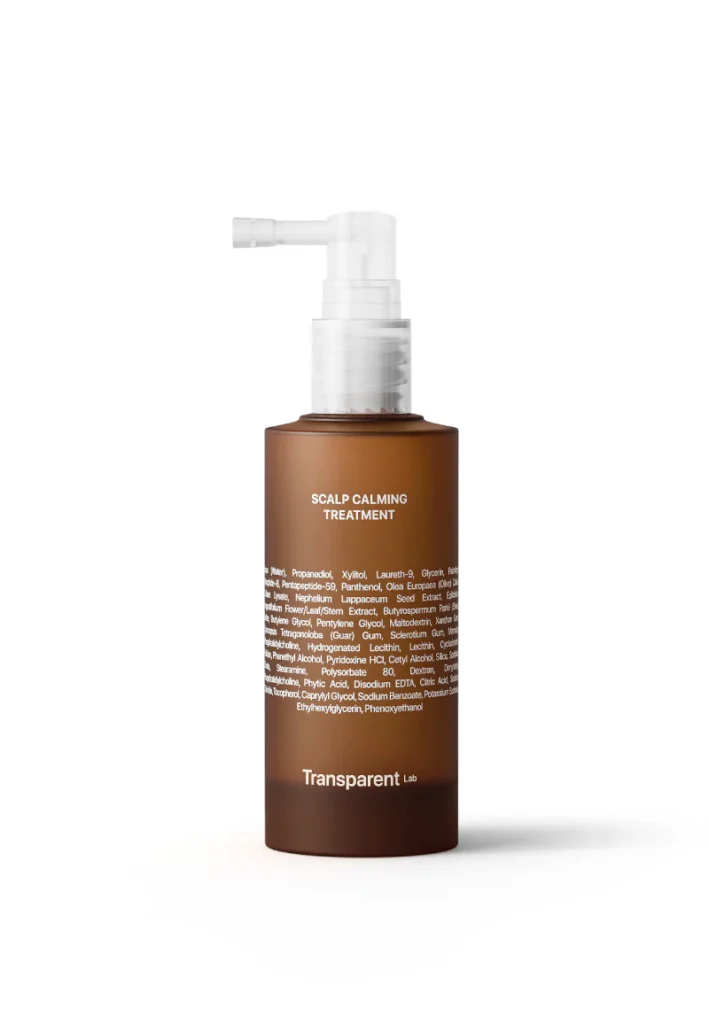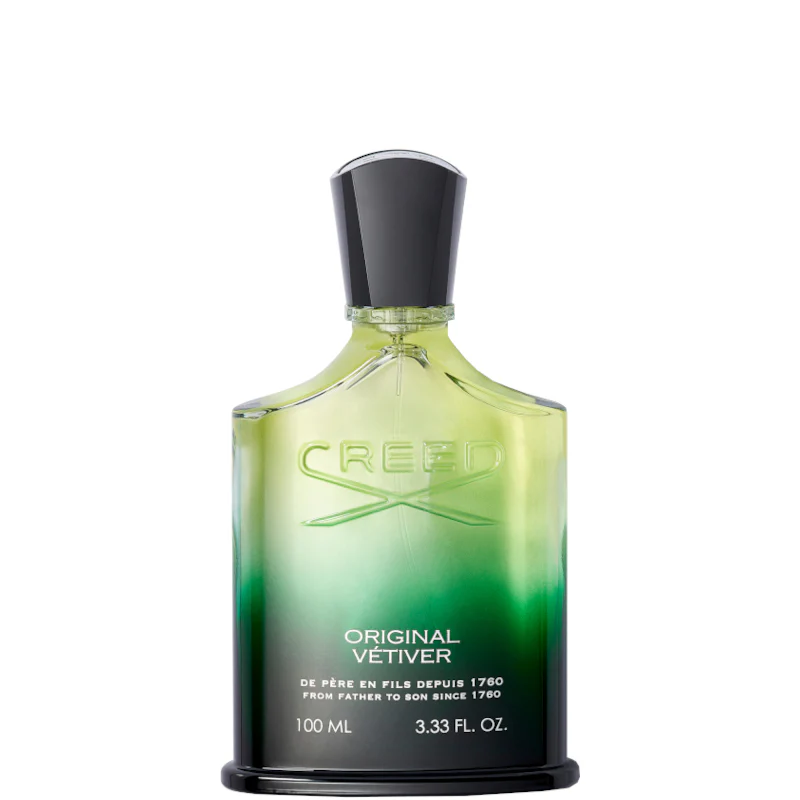Cold bites harder when you’re glassing a ridgeline or sitting still in a stand. In this article, we’ll break down a cold-weather layering system that actually works for real hunts — warmth without bulk, weatherproofing without that loud “crinkle,” and fit that moves with you. We’ll use TideWe Men’s Hunting Jackets as a practical anchor for choosing insulation, quiet fabrics, and field-smart features that keep you focused on sign and wind, not your body temperature.
Shop TideWe Men’s Hunting Jackets
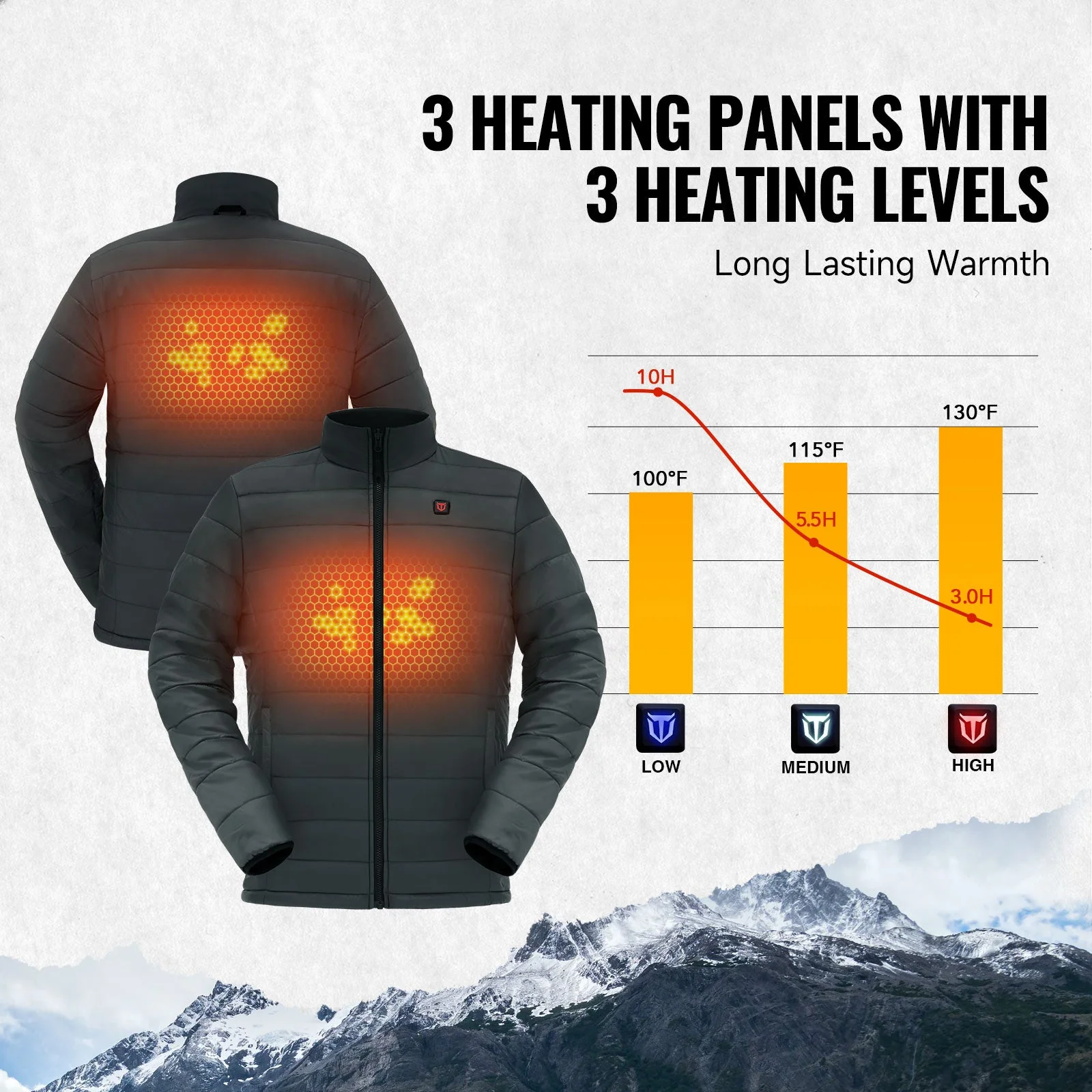
Start With the Mission: Stationary vs. Active Hunts
Your jacket choice should match how you hunt. If you’re mostly stationary — tree stands at dawn, ground blinds in a crosswind — you’ll want a heat-efficient outer layer that blocks wind and sheds light rain or frost. If you hike ridge-to-ridge and stalk through brush, prioritize breathability, flex, and a quiet face fabric that won’t spook game at 20 yards. TideWe Men’s Hunting Jackets are built for both modes with wind-resistant shells, practical pocket layouts, and insulation that won’t balloon your silhouette or snag your bowstring.
Layering That Doesn’t Fight You
A great outer shell is only as good as what sits beneath it. Think in three layers:
- Base (next to skin): wicks sweat, dries fast, prevents chill.
- Mid (insulation): traps warm air without bulk; fleece or synthetic puffy.
- Outer (weather shield): wind/water resistance, quiet, durable.
TideWe Men’s Hunting Jackets anchor the outer slot, creating a seal against wind while your base and mid layers manage moisture and heat. That synergy is what keeps you warm when you stop moving — and keeps you from overheating when you push uphill. If your hunts mix both, choose an outer with pit zips or adjustable cuffs to dump heat the moment you feel clammy.
Shop TideWe Men’s Hunting Jackets
Quiet Matters: Fabric Feel and Sound Discipline
Deer don’t read gear specs — they react to sound. Look for a face fabric that feels soft to the touch (brushed or knit-backed) rather than slick and noisy. TideWe Men’s Hunting Jackets favor quieter, field-friendly materials that won’t “announce” your draw or zipper pull. Small behaviors help too: pre-stage your release, keep only essentials in upper pockets, and cover zipper tabs with a gloved finger when opening.
Warmth Without Bulk: Insulation Strategy
Bulk kills mobility. The right insulation balances loft and compressibility so you can shoulder a rifle or anchor a bowstring without fighting your sleeves. With TideWe Men’s Hunting Jackets, pair a light grid-fleece mid layer for active pushes, or a lofted synthetic mid for long sits. If mornings start below freezing, add a packable vest under the shell; the torso warmth keeps your hands functional and your breathing calm when it’s time to take the shot.

Fit & Range of Motion: Why “Athletic Relaxed” Wins
The sweet spot is a fit that allows two under-layers yet doesn’t flap. Too tight, and you compress loft; too loose, and the jacket puffs like a sail in crosswinds. TideWe Men’s Hunting Jackets typically track that “athletic relaxed” zone: articulated elbows, adjustable cuffs, and hem cinches to seal drafts. Before opening day, test the full draw cycle at home: reach, anchor, twist at the waist, kneel — the jacket should move quietly and stay out of your line.
Shop TideWe Men’s Hunting Jackets
Pockets With a Plan (Because Fumbling Makes Noise)
Every pocket should have a job. Map your kit: wind checker and rangefinder in upper chest pockets (short reach, minimal torso movement); headlamp and tags in a zip hip pocket; calls in a soft-lined slot that won’t rattle. TideWe Men’s Hunting Jackets put storage where your hands naturally fall, so you can operate by feel in low light. Practice blind pocket drills before your hunt — you’ll avoid those noisy, last-minute zips when it counts.
Weatherproofing: Don’t Overlook Wind
Rain gets the headlines, but wind steals heat. A wind-resistant face fabric and sealed seams turn cold gusts into a non-issue. Add a brimmed cap under your hood to keep drizzle off optics. For sleet or freezing mist, keep a small microfiber in your chest pocket to clear glass — and tuck it back in fast so it doesn’t freeze. TideWe Men’s Hunting Jackets give you the shell backbone; your discipline in the field takes it the rest of the way.
Heated Options: Smart Warmth for Long Sits
If you routinely glass for hours or sit dawn-to-late-morning, heated designs can be a cheat code. The key is controlled warmth, not a sauna. Pair a heated TideWe Men’s Hunting Jacket with a moisture-managing base; use the low or medium setting to maintain, not overheat. That stable core temp reduces shivering (and movement noise) and extends your patience window when mature deer are moving slow.
Shop TideWe Men’s Hunting Jackets
Scent, Sound, and Small Edges
Wind is rule number one; your jacket’s job is to help you obey it. Keep outer layers as scent-neutral as possible: air-dry between hunts, store in a sealed tote with cedar or carbon inserts, and avoid cooking smells. When walking in, crack your front zip two inches to vent heat — sweat is scent. TideWe Men’s Hunting Jackets offer zipper garages and storm flaps that let you micro-adjust without flapping fabric.

Pre-Hunt Checklist (30 Seconds at the Truck)
Before boots hit dirt, run this mini-routine:
- Zip test: move shoulders and draw — any catch points?
- Pocket audit: only the essentials; silence everything else.
- Hem/cuff seal: cinch against wind; gloves over cuffs for rain.
- Heat setting (if applicable): start low to prevent sweat.
This 30-second habit keeps your system quiet and dialed before you step into sign.
Care & Longevity: Keep It Quiet, Keep It Strong
Field layers last longer with simple care. Knock off dried mud with a soft brush, then spot-clean. Wash cold on gentle with a tech-fabric detergent; skip heavy softeners (they can clog fibers and add scent). Re-treat the exterior DWR when water stops beading. Hang to dry to protect zippers and reduce noise-inducing stiffness. Well-kept TideWe Men’s Hunting Jackets stay quieter and more weather-resistant over multiple seasons.
Conclusion
A cold-weather hunting jacket isn’t just “warmth.” It’s a tool that protects your focus by staying quiet, cutting wind, and moving the way you do. When you match stationary or active hunts to a smart layering plan — moisture-managing base, efficient mid, weather-worthy outer — you buy time in the field and make better decisions when animals finally move. TideWe Men’s Hunting Jackets slot cleanly into that equation: quiet face fabrics, thoughtful pocketing, wind-stopping shells, and heated options for brutal dawns. Hunt longer. Move quieter. Stay present when it matters.
Shop TideWe Men’s Hunting Jackets
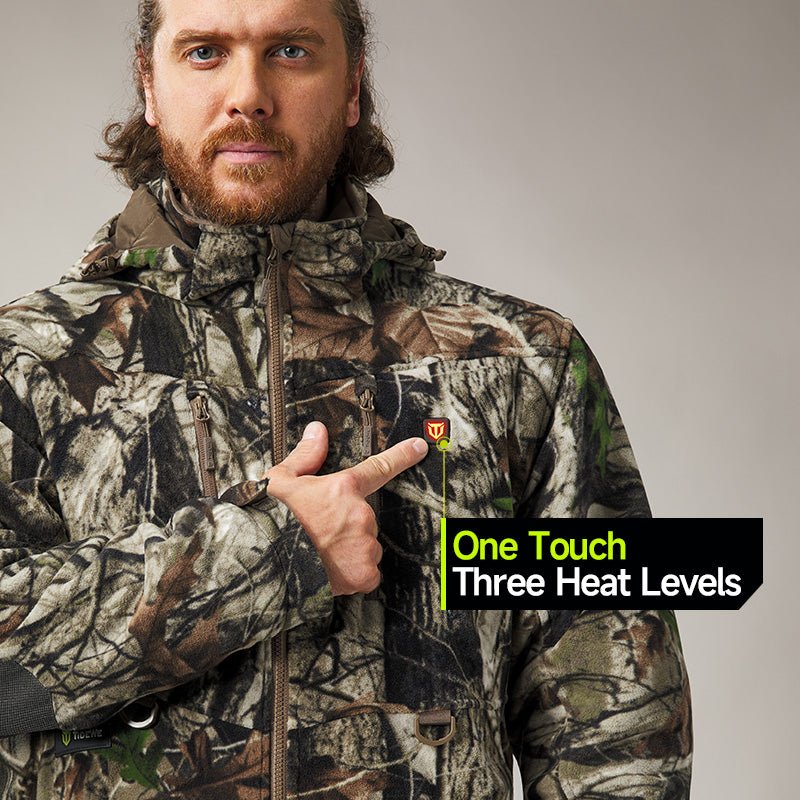
FAQ
- How should I size a hunting jacket for layering?
Aim for an “athletic relaxed” fit: enough room for a base and mid layer without compressing insulation. Test draw, shoulder mount, and kneeling motion before you commit. - What’s the best base layer under a windproof shell?
A moisture-wicking synthetic or merino blend. It keeps sweat off your skin so you don’t chill when you stop moving. - Do heated jackets cause sweat that ruins scent control?
Not if you run them smart. Use the lowest setting that maintains comfort and crack the front zip on hikes to vent heat. - How do I keep my outer layer quiet over time?
Wash gently, avoid heavy softeners, air-dry, and re-treat DWR when water stops beading. Store clean and flat to prevent stiff creases. - What pockets should hold what?
Rangefinder/wind checker in chest pockets, tags/headlamp in a zip hip pocket, calls in a soft, non-rattle pocket you can access with gloves. - Can I bowhunt comfortably in a bulkier insulated jacket?
Yes, if the insulation is efficient and sleeves are articulated. Prioritize mobility at the elbow/shoulder and a low-noise fabric. - Are camo patterns mandatory for success?
Wind and movement discipline matter more. Camo helps break up outlines, but quiet fabric and scent control are bigger wins. - How often should I re-treat the DWR?
Whenever you notice water no longer beading — usually once or twice per season, depending on use and washing.


